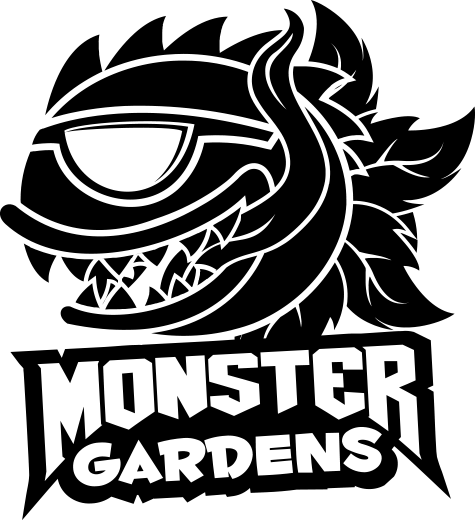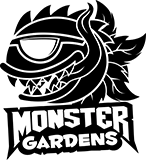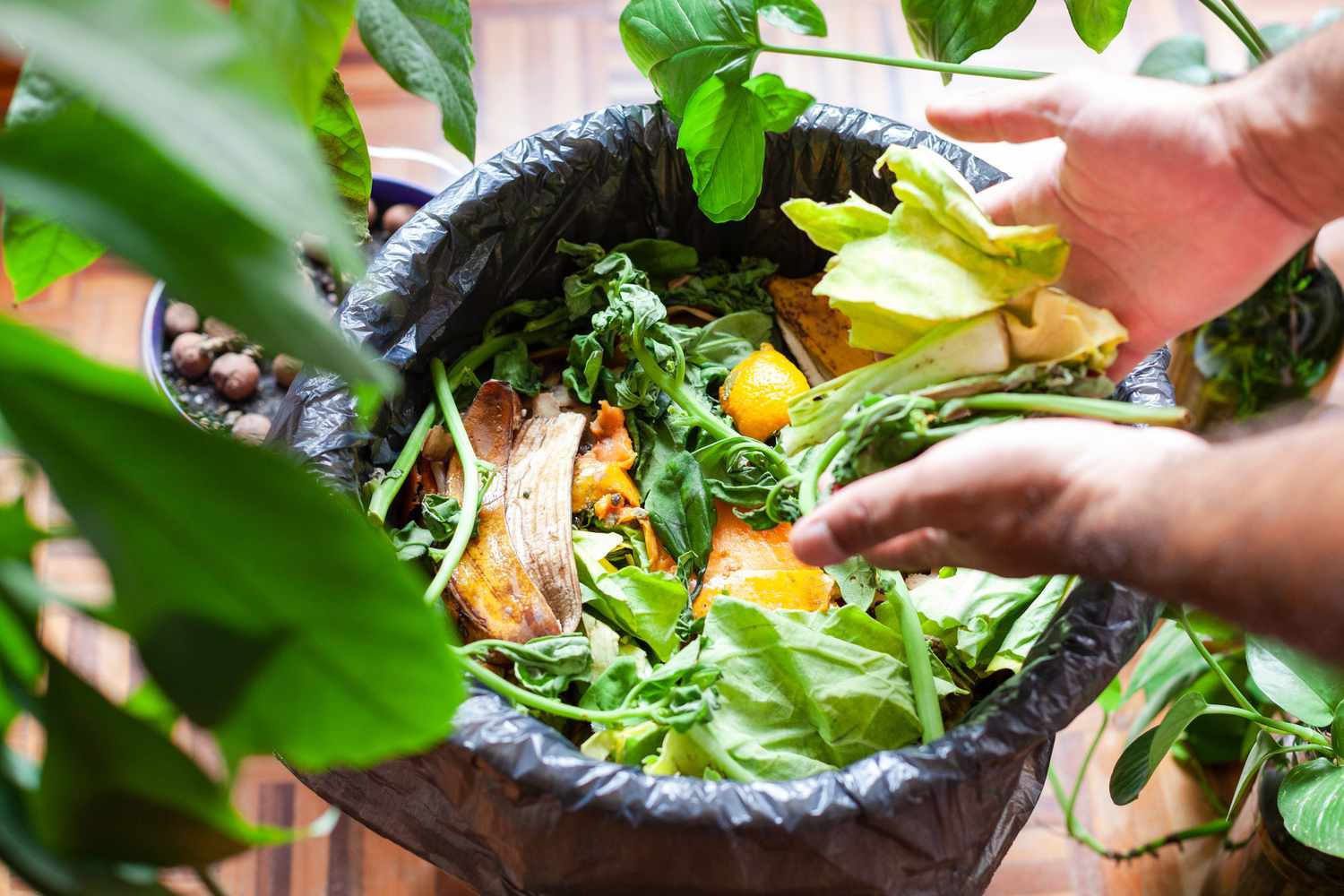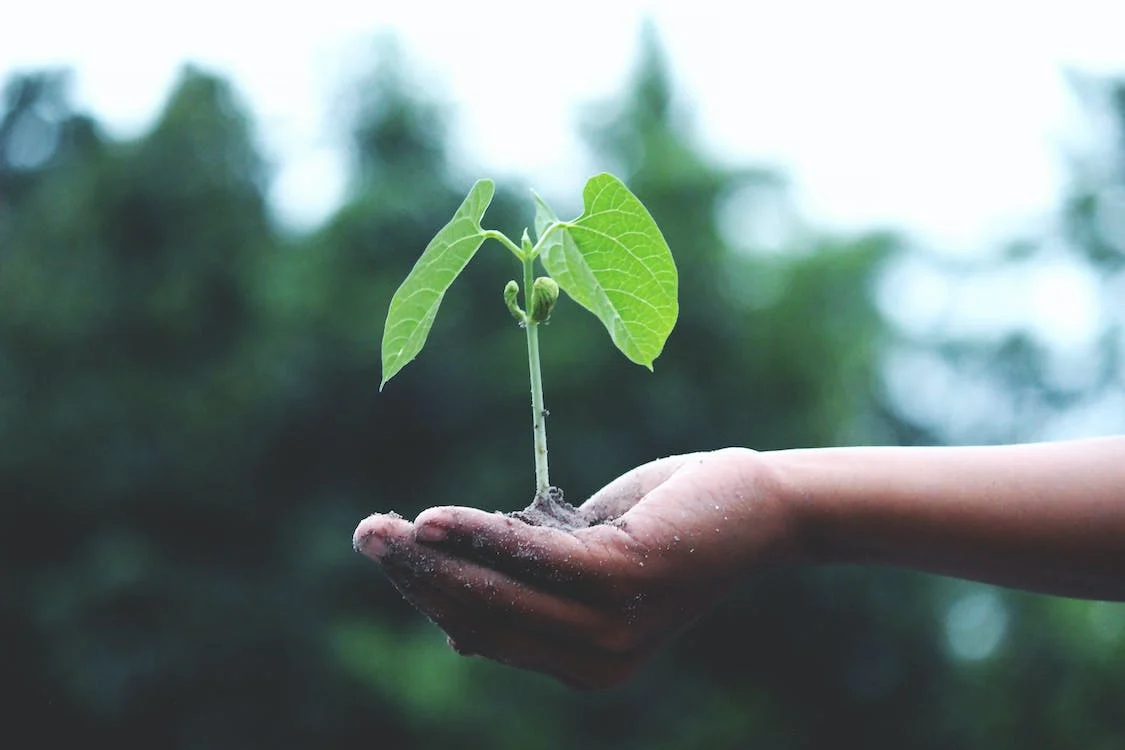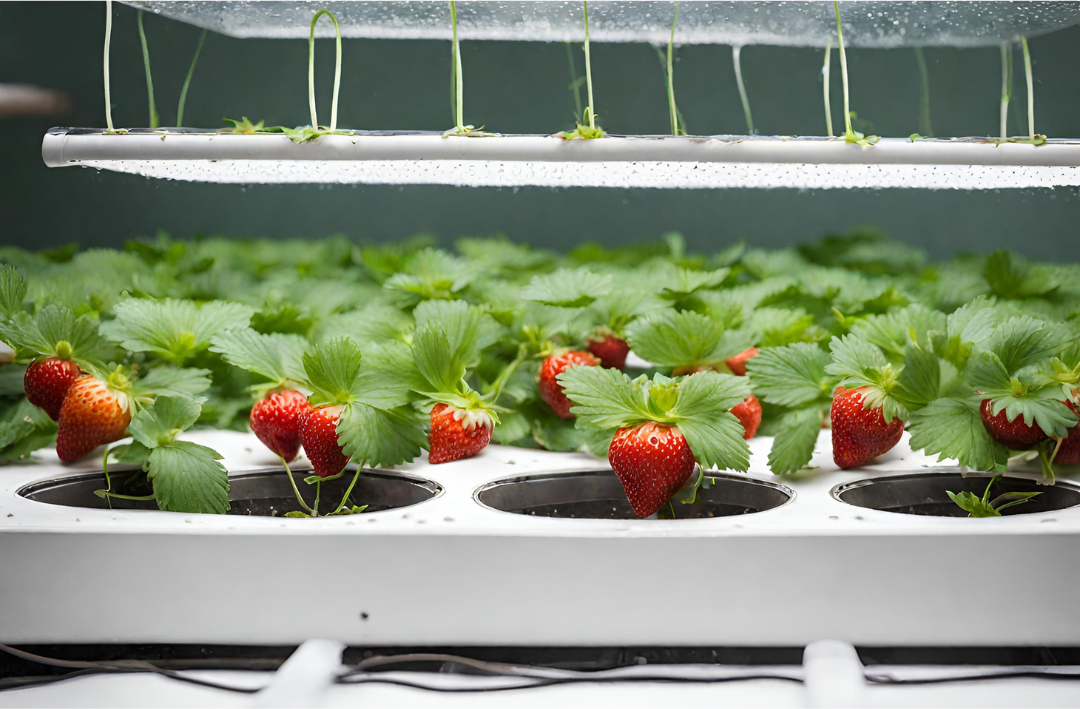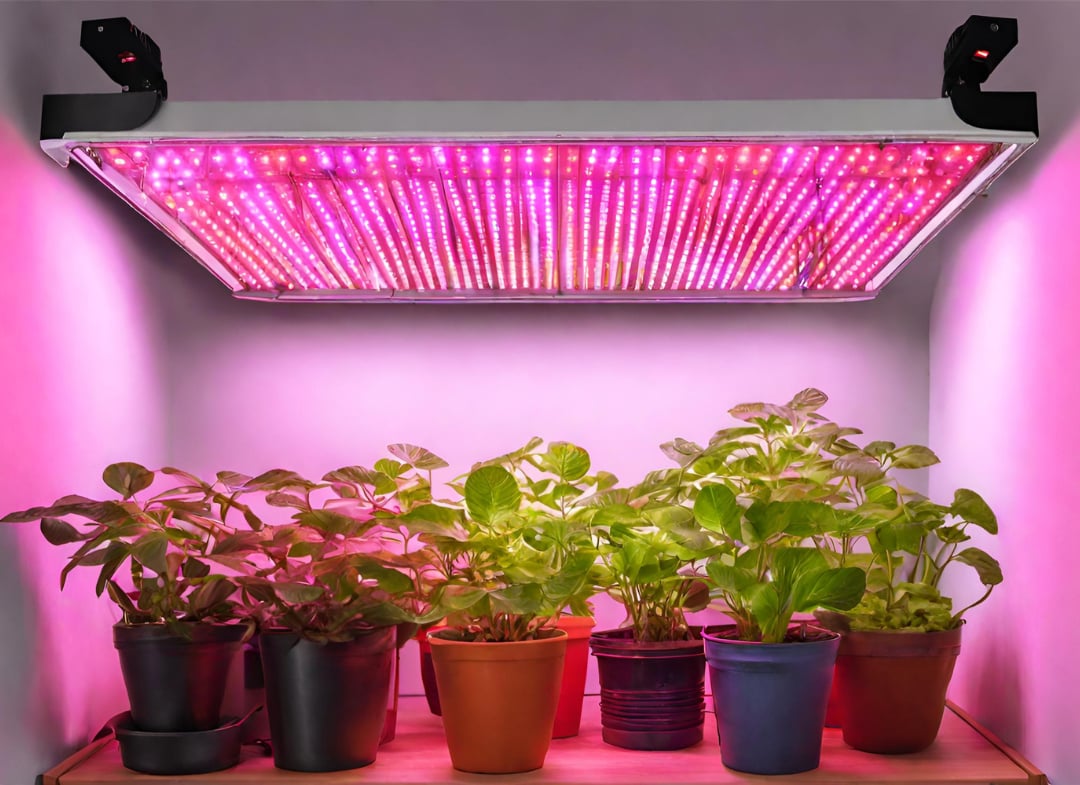
Hydroponic Problems and How to Fix Them
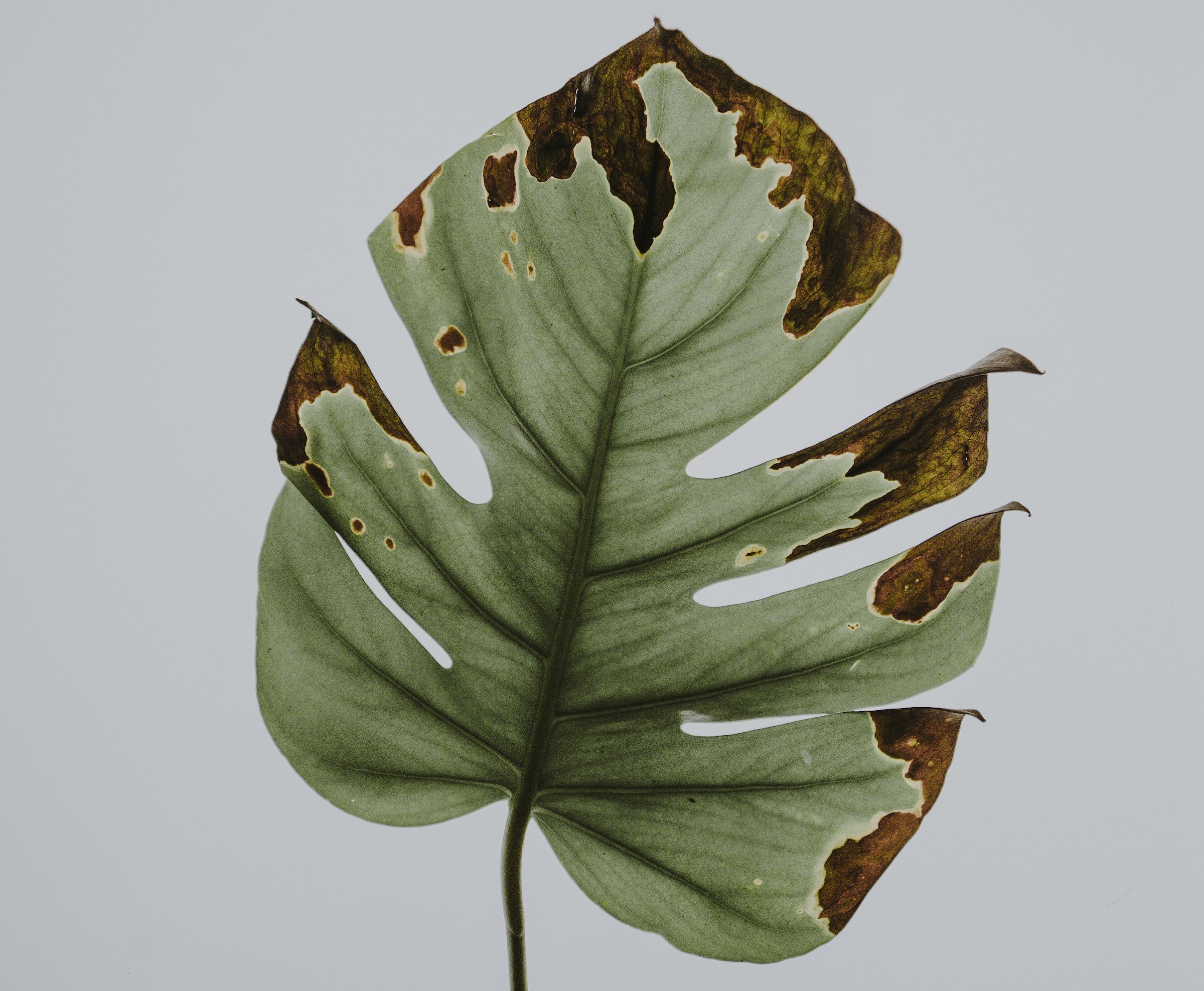
Why are My Hydroponic Plants Wilting or Dying?
Though hydroponic systems are typically designed to be more low maintenance that soil-based gardening or agriculture, there are still potential issues that need to be monitored throughout the growing process. This article diagnoses a few common hydroponic problems, and outlines some preventative measures any gardener can take to quell them.
Common Hydroponic Problems
Root Rot
In hydroponics, plants either sit in a water and nutrient solution or receive both periodically via an ebb-and-flow system. When plant roots are constantly submerged in water, it potentially leaves them vulnerable to the fungal infection. Root rot is often catalyzed by water levels getting too high and/or the containers not getting cleaned enough.
There are many ways to protect against root rot. First and foremost, maintenance and upkeep are necessities. Check to make sure water levels are not too high. Flush out the system when the nutrient solution has reached the end of its life cycle. When flushing out, clean and sterilize containers and remove plant debris.
Take preventative measures when beginning a growing cycle by using high-quality growing medium. Rock wool, perlite, and vermiculite are all good mediums that provide drainage and help air circulate around plant roots. In addition, using air pumps helps to provide better circulation.
The best way to protect against the hydroponic problem of root rot is to be proactive throughout the growing process.
Nutrient Deficiencies
Nutrient deficiencies can become a hydroponic problem when plant solutions are not properly maintained and balanced. There are many different factors that contribute, and it is important to monitor them thoroughly and consistently.
The most important preventative action to take is to monitor both nutrient levels and pH levels by using an EC meter and pH meter. An EC (Electric Conductivity) meter measures how well a nutrient solution conducts electricity, which correlates to the amount of dissolved salts and minerals in the solution. This helps determine whether nutrient levels are too high or too low. pH is also important, as plants can struggle to absorb nutrients if pH is not calibrated. Using a pH meter and having your solution in a range between 5.5 and 6.5 is ideal for growth.
If any missing nutrients have been identified, adjust the nutrient solution to fit your plant’s needs. Also, there’s a diversity of organic supplements available that break down dead material and encourage beneficial microorganisms. If you prefer the DiY route, worm tea is a great supplement to use to keep plants fed and healthy.
Yellowing leaves is typically the sign of nutrient deficiencies in plants.
Pests and Diseases
While hydroponics is great for avoiding soil-borne pests, water-borne pests and diseases can be a threat to any operation. This hydronic problem often comes in the form of powdery mildew, spider mites, aphids, and white flies.
Fortunately, some solutions for Root Rot and Nutrient Deficiencies also apply to problems with pests. In general, regularly cleaning and monitoring your hydroponic system will help prevent rambunctious bugs from seeing your plants as a desirable place to latch onto. If pests do become an issue, options to fix include:
- Putting mesh netting over plants to defend against invading insects.
- Spraying leaves with organic insecticides such as neem oil.
- Introducing beneficial insects such as ladybugs, which prey on spider mites and aphids.
Hydroponic Leaf Problems
All of these potential issues correlate to some negative signs you can spot in the leaves of your plants.
- If there’s root rot, leaves will usually be browning and wilting.
- Yellowing leaves is typically the sign of nutrient deficiencies.
- Pests and disease cause splotches and curls in leaves.
If any of these appear, first identify the cause. Use a nutrient testing kit or EC meter to check for nutrient deficiencies, check stems and leaves for any insects, and inspect the roots to see if there are any white growths or splotches that would signal root rot / fungal infection.
The Hydroponic Solution
While you may be confronted with a few hydroponic problems in your growing journey, there are many ways you keep them under control and get the health and yield you need out of your plants. Always remember to monitor plants and track any changes in leaf color or structure for telltale signs of infection, nutrient deficiency, and pests.
Monster Gardens has all of the tools necessary to keep plants and systems climate controlled, clean, and healthy, with an excellent selection of pH meters, EC meters, nutrients, testing kits, and cleaning solutions to help prevent stress or damage to plants. Over time, as long as the necessary maintenance steps are taken, hydroponics can be an excellent way to get more yield and production out of plants with less hassle than soil-based agriculture.
About the Author

